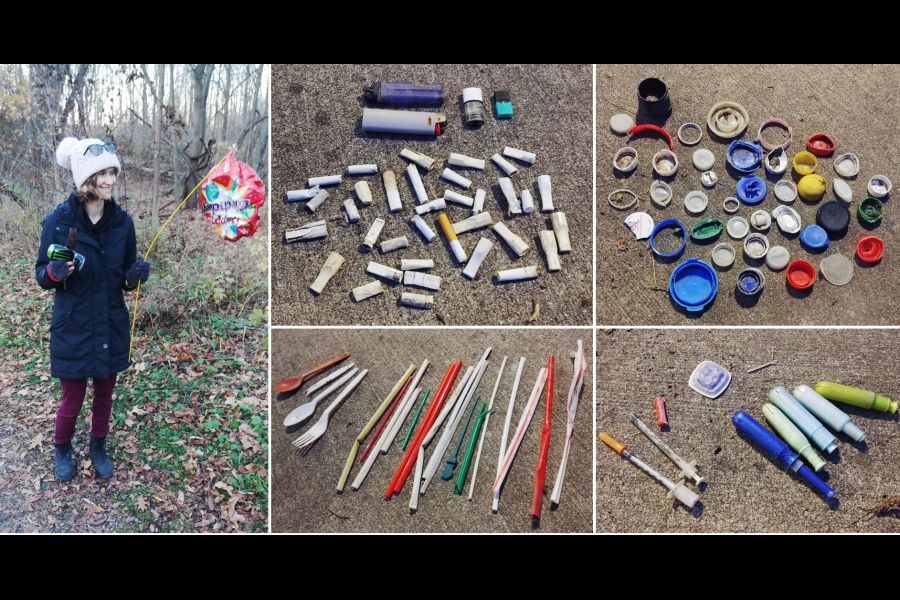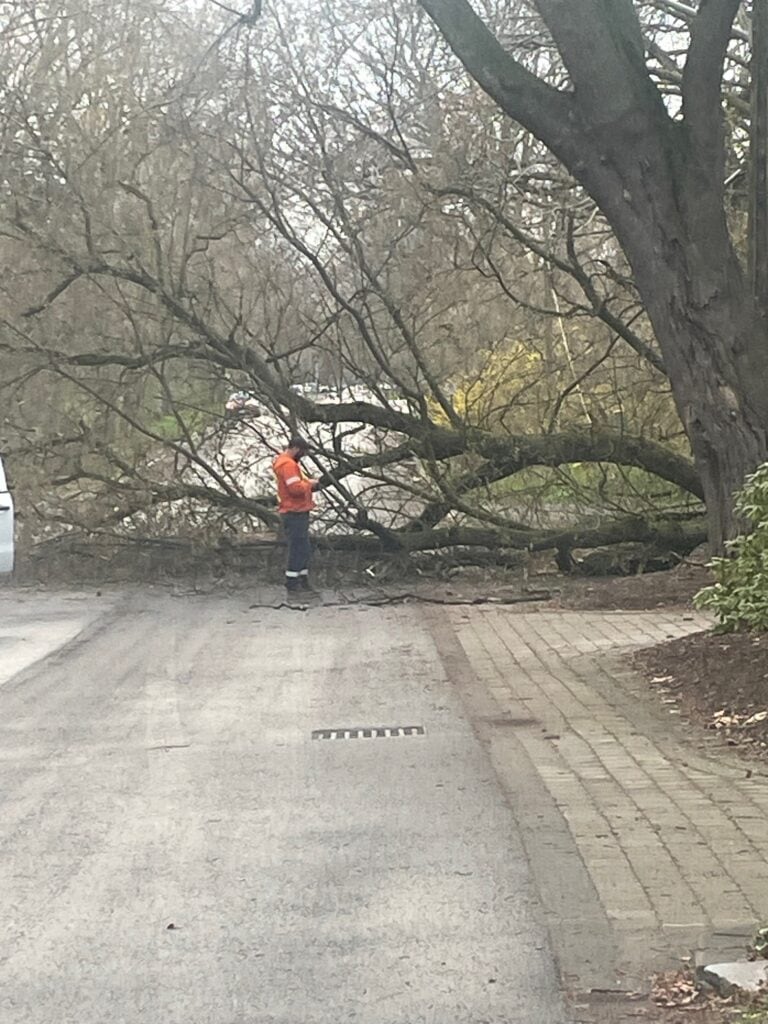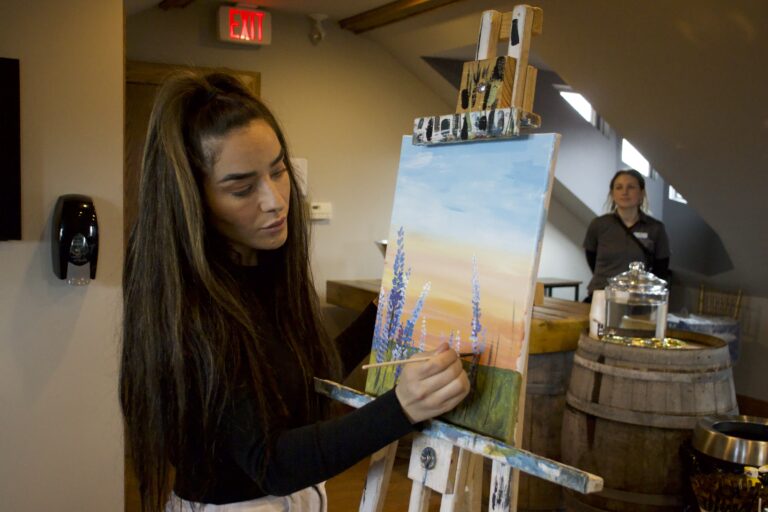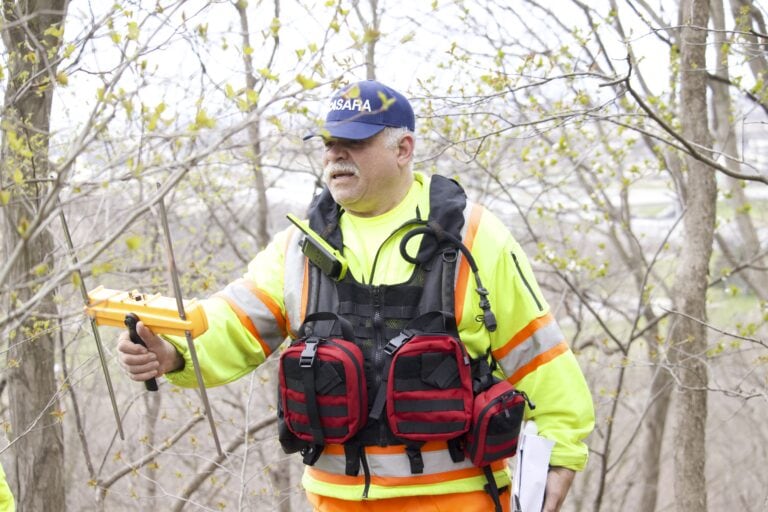Kyra Simone
Special to The Lake Report
My family and I have enjoyed lakeside hikes in NOTL for many years. However, over time, we began to notice the volume of pollution washing ashore.
About three years ago, we focused our hikes on picking up litter and without realizing it, we had started “plogging.” This global movement is a way to help nature while already out enjoying it.
What is plogging? This intentional litter cleanup while hiking, running or even cycling was coined by jogger Erik Ahlström. It is a combination of the Swedish words plocka upp (pick up) and jogga (jog).
With over 160,000 Instagram posts using the hashtags “plogger” or “plogging,” the concept has really gained momentum.
Through this practice, each outing is like an Easter egg hunt. Ploggers post artistic photos of their “loot” after a cleanup, similarly to food bloggers or fashion accounts.
Plogging is an good way to raise awareness about pollution. Initially, witnesses to this practice may be confused, but reactions tend to be overwhelmingly positive.
A “Lake Report”: Last week, I began to keep a tally as I picked up litter along 700 metres of shoreline at Firelane 1. Some items turn up much more frequently than others.
Bottle caps are one of the most common finds: I collected 42. Plastic caps must be attached to containers before recycling and cannot be recycled separately.
However, lids made from different material than the container must be removed before recycling.
I collected 10 balloons on this hike alone, many attached to plastic ribbon. Balloons can entangle wildlife and should never be released.
Straws quickly degrade into small plastic slivers in sunlight. Unless necessary for mobility reasons, one can forgo them or try a reusable alternative.
Styrofoam is also a common beach problem, because it rapidly breaks into tiny spheres.
The Great Canadian Shoreline Cleanup estimates that 3,000 tampon applicators are found on Canada's beaches every year. I think this is an underestimate: I collected more than 100 from Firelane 1 in 2020.
Like the medical needles we also find, tampon applicators likely were flushed down the toilet discreetly. Even though these items carry some needless social stigma, disposing of them this way ends up creating an unsightly beach environment.
Takeout coffee cups also were also prevalent along the path. These waxed “paper” cups actually contain a plastic layer and will not biodegrade.
Holy Smokes! Cigarette butts and cigar tips are extremely common as well. I picked up 36 that were probably discarded by folks out hiking.
Smoking litter releases toxins and microplastics, but can be recycled through a company called Terracycle. It provides free shipping labels and rewards for shipments.
It's easy to stick with what's familiar, but rethinking habits can reduce their impact on natural spaces.
Try It Out: You can safely try plogging by wearing gardening gloves or using a grabber tool. Most litter that has been out in the elements for some time no longer harbours risky bacteria.
Take the extra step to separate recyclables. If you go plogging, please email editor@niagaranow.com with a list of your finds.
As the movement’s founder Ahlström says, “With knowing comes caring; with caring comes changes.”
Kyra Simone is a NOTL-born nature lover with a master's degree in biology. In her spare time, she advocates for sustainable change, picks up garbage, makes recycled jewelry, and transforms furniture bound for the landfill.










